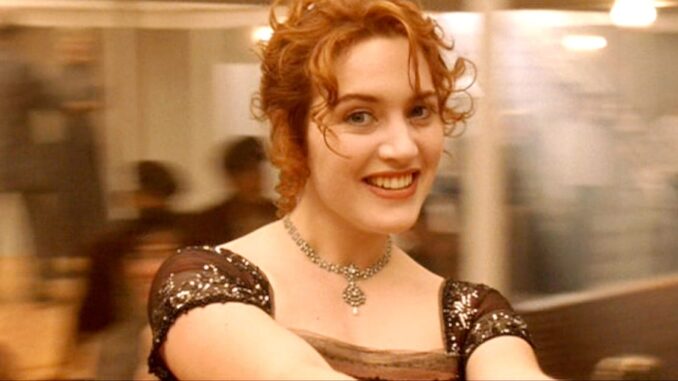
Meet the Real Rose Behind Titanic's Love Story
The image is indelible: a young woman, wild red hair streaming in the salty wind, standing at the prow of the world's largest ship, arms outstretched, declaring, "I'm flying!" This is Rose DeWitt Bukater, the fictional heroine of James Cameron's Titanic, a character whose journey from stifling privilege to exhilarating freedom has captivated millions. Her love story with Jack Dawson, a penniless artist, is the beating heart of the film, a testament to forbidden passion and ultimate sacrifice. Yet, as compelling as this cinematic ideal is, the "real Rose" is not a singular historical figure, but a composite, an archetype, a whisper of countless stories from that fateful voyage – a woman woven from the threads of an era, societal expectations, and the enduring human spirit.
The Rose we first meet on screen is a symbol of gilded-cage affluence. Bound by corsets and even tighter societal expectations, her engagement to the arrogant Cal Hockley is a transaction, not a romance. Her life, though outwardly opulent, is a prison of decorum and duty, dictated by a mother who views her daughter as a negotiable asset. This predicament, though dramatized, was the stark reality for many women of wealth in the Edwardian era. Daughters were commodities, their marriages cementing fortunes, social standing, and dynastic futures. The "real Rose" embodies these stifling pressures – the debutantes paraded before eligible bachelors, the whispers of financial ruin if a "good match" wasn't secured, the constant surveillance of propriety. For many, the grand ship was not just a vessel across the Atlantic, but a floating stage for the rigid performance of class and gender, a microcosm of the world they were expected to inhabit.
Yet, beneath this shimmering surface of societal constraint, the "real Rose" also represents a burgeoning spirit of rebellion, a yearning for authenticity that simmered within many women of the early 20th century. This was an era teetering on the brink of profound social change: the suffrage movement gaining momentum, women quietly entering professions, and the first whispers of self-determination replacing the loud pronouncements of patriarchal authority. Rose's clandestine visits to the steerage deck, her appreciation for Jack's raw artistry, her defiance of her mother's sneers – these are not just plot devices, but echoes of a silent revolution. The "real Rose" is every woman who dared to read a forbidden book, to dream of a life beyond the drawing-room, to question the boundaries of her assigned role. She is the nascent feminist, the burgeoning intellectual, the artist trapped within a socialite's gown, all yearning for an escape from their preordained narratives.
Beyond the romance and the social commentary, the "real Rose" is ultimately a survivor. When the unsinkable ship succumbs to the icy depths, the film shifts from a love story to a primal struggle for survival. Rose’s transformation is complete: she sheds her finery for practical clothes, she fights with a ferocity previously unimaginable, and she ultimately chooses life, even when it means letting go of the one she loves. This aspect of the "real Rose" resonates with the countless untold stories of strength and resilience that unfolded on those freezing waters. She represents every woman who fought for a place on a lifeboat, who shielded her children, who nursed the injured, or who simply held onto hope with unwavering tenacity. Her survival is not just physical; it is a psychological triumph, the forging of an unyielding will that would carry her through a lifetime of memory and adaptation.
In the film, Rose narrates her story as a centenarian, her eyes still sparkling with the fire of youth and the wisdom of experience. This "old Rose" is perhaps the most profound embodiment of the "real Rose." She is the keeper of memory, the living testament to a generation that witnessed cataclysmic change. She carried the weight of the lost and the beauty of the found, not just from the Titanic, but from a rapidly evolving world. The "real Rose" is the woman who lived a full life after trauma, who honored her past by embracing her future, and who understood that love, in its truest form, is not merely a fleeting romance but an indelible mark upon the soul, a catalyst for growth, and a reason to persist.
So, while Jack and Rose's love story may be a beautiful cinematic fantasy, the "real Rose" is far more complex and compelling. She is the amalgamation of societal constraint and rebellious spirit, of the urgent desire for freedom and the raw instinct for survival. She is the whispered stories of a generation of women navigating a changing world, and the enduring archetype of anyone who has dared to break free from expectation, to love fiercely, and to embrace the daunting, yet exhilarating, journey of self-discovery. The real Rose is not a single person, but a powerful, illustrative narrative that continues to resonate because it mirrors the deepest longings and triumphs of the human heart.
